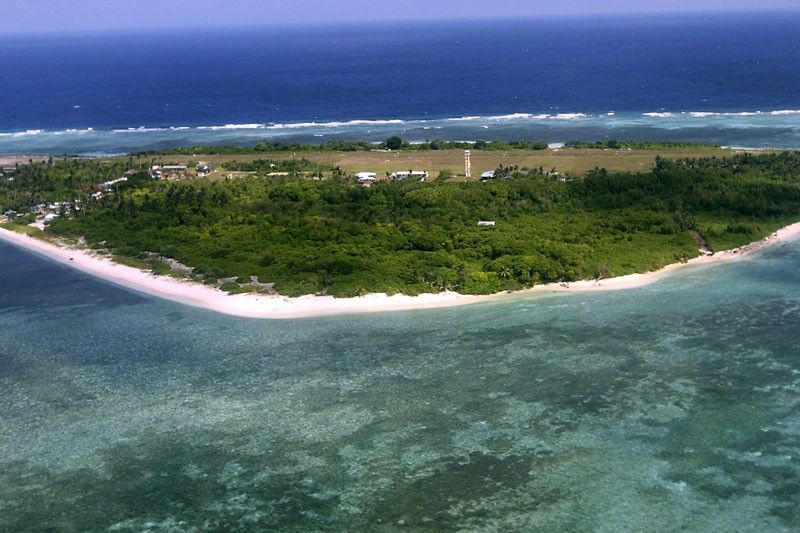The Philippines is considering inviting tourists to its biggest and most strategically important outpost in the South China Sea, part of efforts to assert its claim to sovereignty over some of the world’s most contested islands.
Thitu island in the Spratly archipelago is in the midst of major upgrades to its dilapidated facilities, playing catch-up with China and Vietnam, which have been developing facilities on islands they either occupy or have built from scratch on top of submerged reefs.
“We are on track in rebuilding or repairing our runway in Pagasa,” said Philippine Defence Secretary Delfin Lorenzana, referring to Thitu, some 280 nautical miles off the Philippine coast.
“Plus, in the future, we will be building structures for our troops there and maybe some hotels for Filipinos who would like to go there as tourists,” he told a news conference.
A beaching ramp is being created to allow construction materials and heavy equipment to be moved to the 37-hectare (91-acre) island, home to a handful of soldiers and small a civilian population, who live on government subsidies.
Also being built is a sheltered port for bigger fishing vessels, coastguard boats and navy ships, said National Security Adviser Hermogenes Esperon.
“We have not abandoned any island, no island was taken from us since 2016 and we are strengthening our positions and possession,” Esperon said.
In the Spratlys, the Philippines occupies nine features, Malaysia controls five, Taiwan has one and Vietnam 27, according to the Asia Maritime Transparency Initiative.
By comparison, China’s Subi Reef is a fortress, just 14 nautical miles away from Thitu, housing about 400 individual buildings – far more than China’s other six manmade islands in the Spratlys, three of which are equipped with radar, hangars, runways and surface-to-air missiles.
In his annual address to the nation on Monday, Philippine President Rodrigo Duterte cited those missiles as reasons not to provoke China in what was a spirited defence of his controversial policy of not challenging its maritime activities.
China claims it has historic right of ownership to almost the entire South China Sea, despite a 2016 international arbitration ruling that said that claim had no legal basis under international law.
The sea is a vital trade route with more than $3 trillion in ship-borne trade passing through it every year.
The Philippines, Vietnam, Malaysia, Taiwan and Brunei also have overlapping claims to parts of it.






